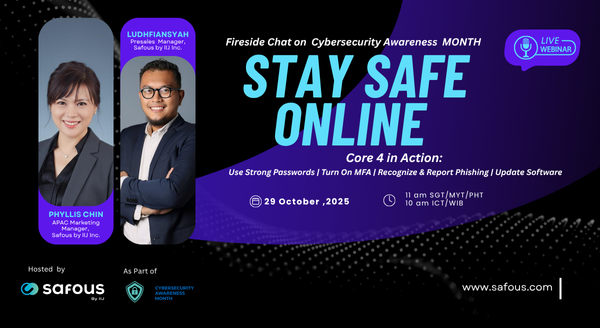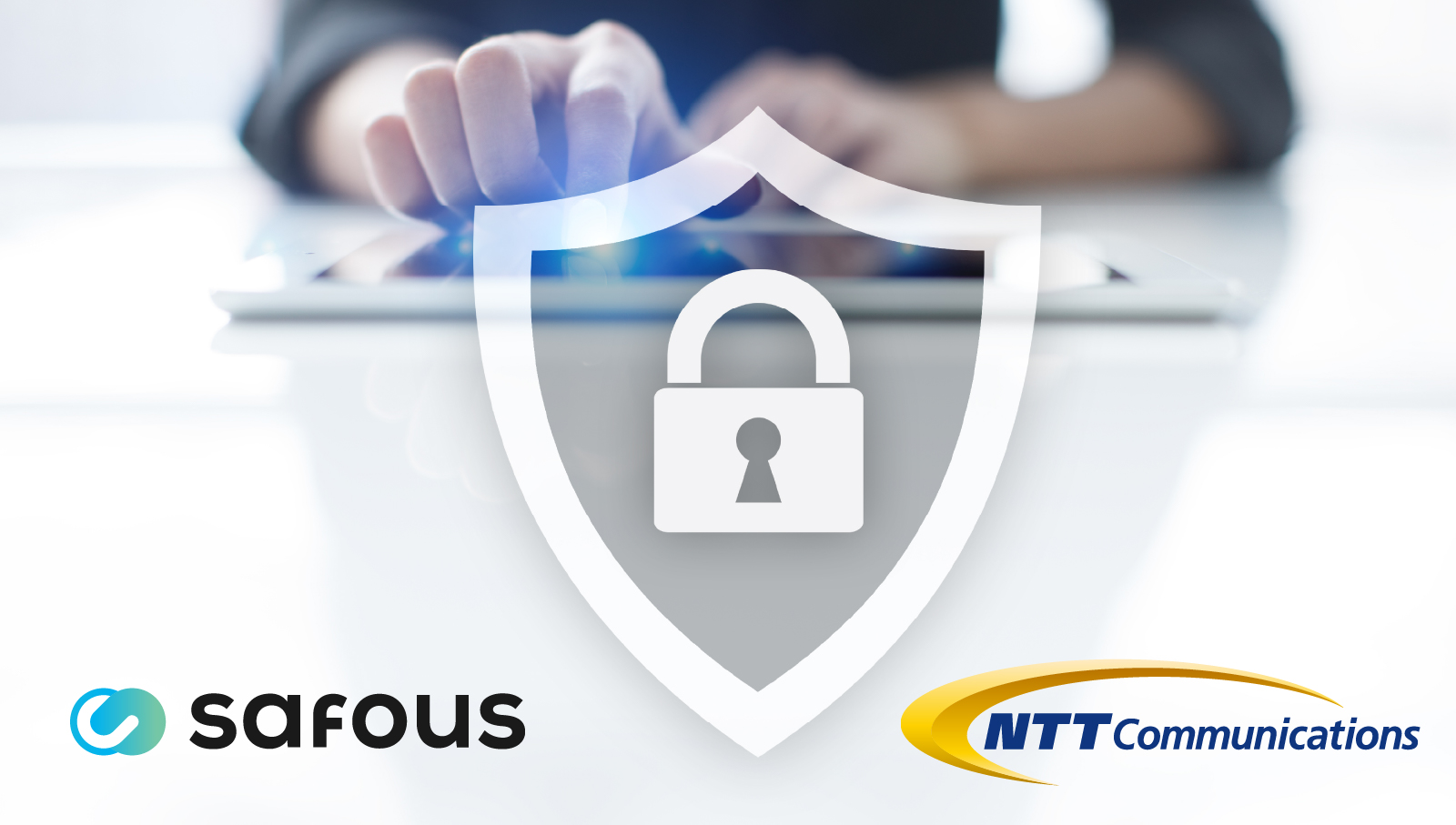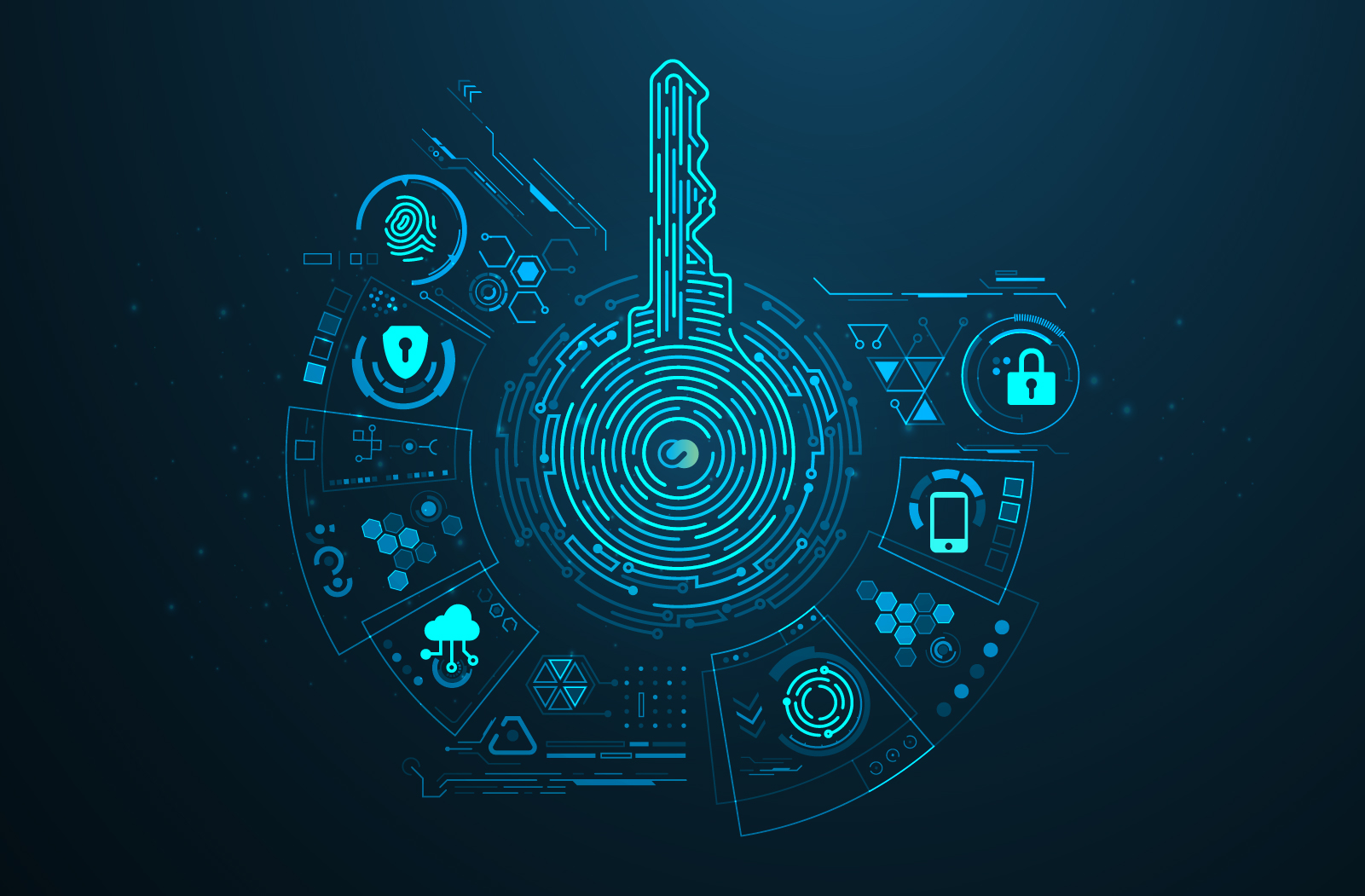Privileged access management (PAM) has been a standard in security hygiene for years. Experts predict that 70% of organizations will implement PAM practices this year1 – no surprise, considering 36% of businesses report that poorly-managed privileges have resulted in a data breach.2
PAM solutions can help IT teams proactively protect critical systems and data, meet regulatory requirements, and maintain a strong security posture. However, PAM can also become a liability for businesses that fail to properly deploy and maintain their solution. In this blog, we’re sharing 11 privileged access management best practices to help you secure your corporate network.
1. Develop a Policy for Privileged Accounts
Establish clear policies and procedures for privileged access management and regularly review and update them to align with evolving security requirements. Ensure that employees and administrators are aware of and adhere to these policies.
2. Track All Assets and Privileges
Conduct a thorough inventory of all privileged accounts and assets within your organization, including shared accounts, third-party accounts, and administrator accounts. Regularly review and update this inventory to maintain an up-to-date record of your account privileges.
3. Use Strong Authentication Methods
Implementing authentication controls like multi-factor authentication (MFA) for all privileged accounts can increase security by requiring multiple verification factors – such as a generated token, fingerprint, or one-time password – in addition to a username and password. Just-in-time access controls can also help to temporarily grant privileges only when required, minimizing the window of opportunity for potential threats.
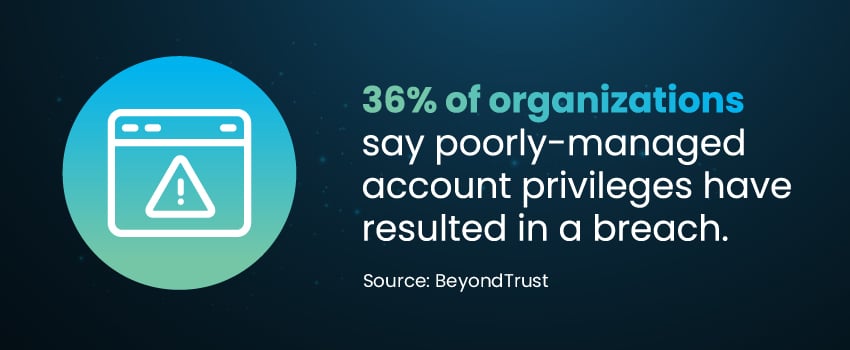
4. Record and Audit Privileged Activity
All privileged account sessions should be recorded and reviewed regularly for any suspicious activities or policy violations. PAM solutions can simplify this process by automatically detecting and correcting errors and unusual activity before they can impact the rest of your network.
5. Enforce the Principle of Least Privilege
The principle of least privilege (PoLP) aims to grant users the minimum privileges necessary to perform their tasks. Enforcing PoLP can help to restrict access to sensitive systems, data, and functionalities, minimizing your network’s attack surface and the impact of data breaches.
6. Deploy a Zero Trust Security Model
Zero trust aligns with the principles of privileged access management because it enforces strict access controls, continuous monitoring, and identity verification. Adopting a zero-trust approach to your network access can help protect privileged accounts and mitigate the risks associated with unauthorized access or data breaches.
7. Inventory Third-Party Systems
Third-party accounts typically have privileged access to critical systems and sensitive data. By tracking how third-party vendors and contractors access your network, you can more easily enforce access controls, identify potential threats, ensure compliance with policies, and provide extra security training as needed. Plus, this inventory can be critical for enabling a fast response during a third-party security incident or data breach.
8. Educate Your Employees
Around 82% of data breaches involve the human element, whether privilege misuse, phishing, stolen credentials, or simply an error. Providing your employees with regular security training can help raise awareness about PAM's importance and following security best practices. Topics should include password hygiene, identifying social engineering tactics, and the risks of privileged access misuse.
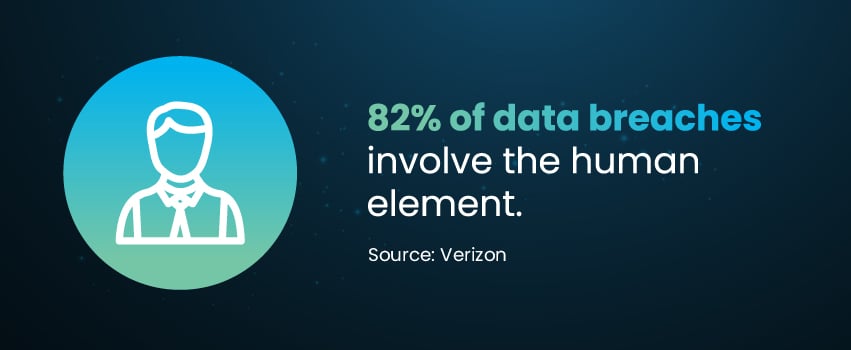
9. Implement Monitoring and Alerts
Monitor routine activities to create a baseline and root out unusual behaviors before malicious users can harm your business. This behavioral baseline can also be used to ensure account activities that go beyond their assigned privileges generate an immediate alert.
10. Regularly Assess Security
Regularly review and update your privileged account policies whenever your security needs change. You should also perform periodic security assessments, such as vulnerability scans and penetration testing, to identify and resolve potential weaknesses in your PAM infrastructure.
11. Implement a PAM Solution
A comprehensive PAM solution can strengthen your security by providing centralized control of all privileged accounts across your network. Features like privileged session management, password vaulting, access request workflows, and automated provisioning can take the burden of privileged access management off your internal IT team’s shoulders and help to reduce alert fatigue.
Protect Your Privileged Information With Safous ZTA
Cybercriminals don’t slow down, so safeguarding your privileged accounts with strong access controls, session monitoring, and audit trails is essential. Unfortunately, PAM solutions aren’t typically user-friendly or scalable, which can degrade the user experience and make it harder for your employees to access the resources they need to stay productive.
Implementing a zero trust security platform that integrates PAM functionality can help your business overcome the challenges of traditional PAM solutions. Safous ZTA integrates advanced security features such as MFA and single sign-on to enable privileged access management – without compromising on reliable network access for your employees.
Our all-in-one solution helps security teams gain the visibility they need to detect and prevent unauthorized network access with:
- Role-based access control
- Policy-based privileges
- User behavior analysis and reports
- 24/7 remote monitoring and support
- Guaranteed regulatory compliance
If you’re ready to put these privileged access management best practices to work protecting your network, Safous can help. Request a demo today to see how Safous ZTA and PAM can help you deliver fast, reliable, secure access to your corporate resources.
Sources:
- https://webinarcare.com/best-privileged-access-management-software/privileged-access-management-statistics
- https://www.beyondtrust.com/blog/entry/the-state-of-identity-security-identity-based-threats-breaches-security-best-practices
- https://www.verizon.com/business/en-gb/resources/2022-data-breach-investigations-report-dbir.pdf
Receive the latest news, events, webcasts and special offers!
Share this
You May Also Like
These Related Stories
.png)
Blog: What Is the Concept of Least Privilege Access?
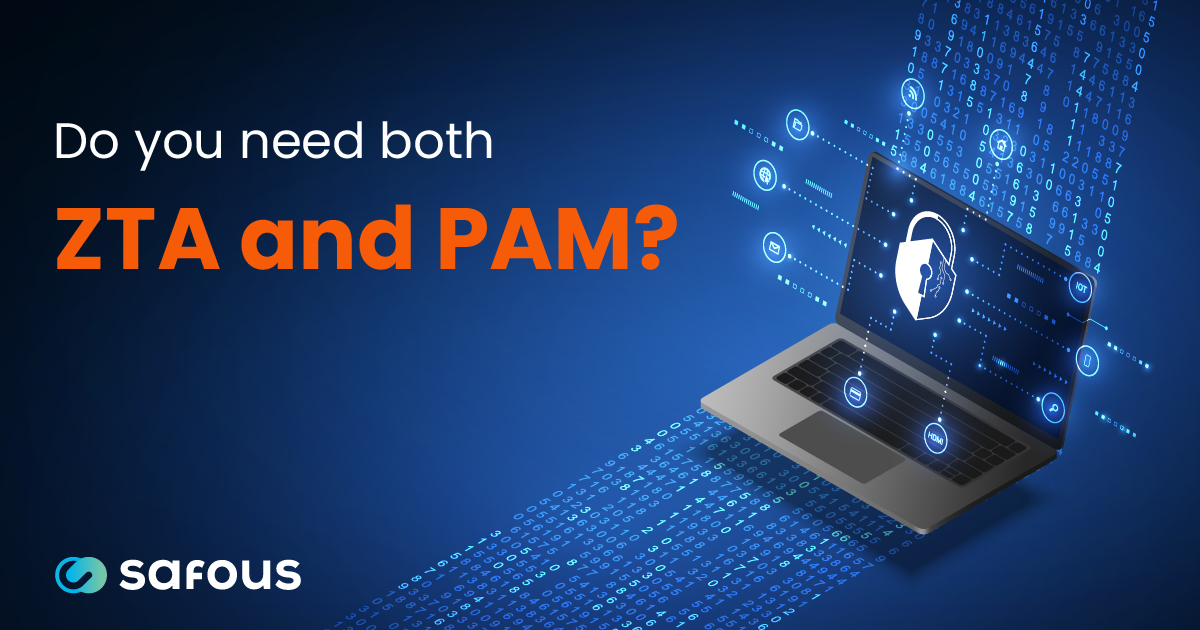
ZTA vs. PAM: Do You Need Both?

